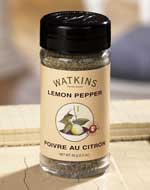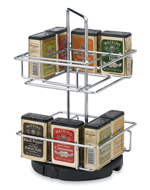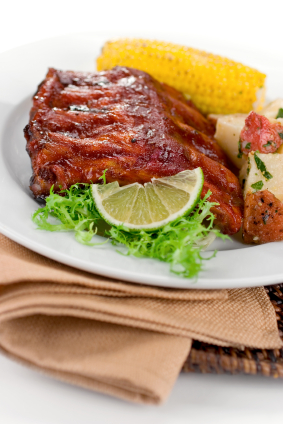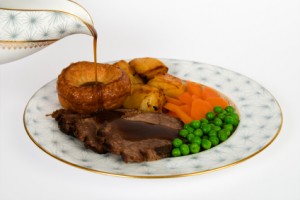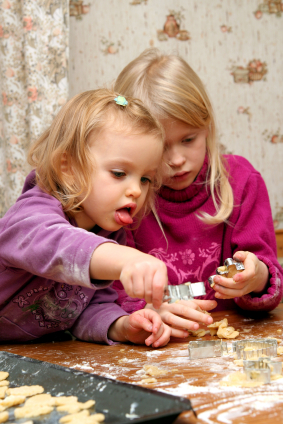Cooking can be a relaxing and enjoyable pastime. Unfortunately, the kitchen is also the most common room in the home where accidents occur. These kitchen safety tips will help keep you and others safe while you’re cooking and eating.
Hot pots and appliances, boiling water, splattering grease and oil, sharp knives; all these things are common in a kitchen. They can also be the things that make working in a kitchen a dangerous place. Keeping your kitchen clean to avoid contaminating the food is also important.
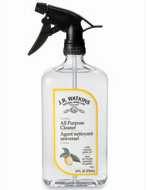 First of all, make sure that your kitchen is clean from top to bottom, inside and out, this will prevent cross-contamination of dirt, bacteria and germs.
First of all, make sure that your kitchen is clean from top to bottom, inside and out, this will prevent cross-contamination of dirt, bacteria and germs.
- Get in the habit of washing your hands before handling foods and after handling raw meat.
- Keep raw meat in a separate area of your refrigerator. Keep it tightly wrapped or place it in a leak proof container so juices can’t contaminate other foods.
- Wash the counter top or cutting board with hot, soapy water after you’ve finished handling raw meat.
- It’s best to use separate cutting boards, one for raw meats and another for vegetables. Tip: color code your cutting boards or use a plastic one for meat and a wooden one for other foods, this way you won’t forget which to use.
Meats should be cooked to recommended internal temperatures as determined by the United States Dietary Association:
- Steaks and Roasts – 145 degrees F
- Egg dishes – 160 degrees F
- Fish – 145 degrees F
- Chicken breasts – 165 degrees F
- Pork – 160 degrees F
- Whole poultry – 165 degrees F
- Ground beef – 160 degrees F
To keep food fresh longer, keep your refrigerator temperature set below 41 degrees F and your freezer should be kept at 0 degrees F. Date each item before it is placed in your freezer so that you can use it before it gets too old.
Thaw frozen foods in the refrigerator overnight, in the microwave oven, or submerged in a bowl of cold water. Place the package in a watertight plastic bag, submerge in cold water, then change the water every 30 minutes until item is thawed. Don’t just leave the meat on the counter or in the sink to thaw as bacteria in the food can multiply and cause someone to get sick.
Preventing burns:
- Teach your child which items might be hot and not to touch them with out your permission.
- Invest in good quality, heat resistant pot holders and oven mitts. Don’t use a tea towel or dish cloth for this purpose, especially damp ones as the moisture can create a steam burn.
- Keep pot handles turned so they are over the stove or counter top so someone walking by can’t accidentally knock them and their hot contents over.
- Cover pans that contain hot grease or oil with a lid or splatter screen.
Knife safety:
- Keep your knives sharp, believe it or not cuts happen less often and are less damaging with sharp knives.
- Always cut away from yourself, never toward yourself.
- Always use a cutting board, don’t place the food in your hand to cut it.
- Don’t leave knives in the sink, especially in dish water where they can’t be seen.
- Store knives point down in a butcher’s block or in some other special holder. This keeps them sharp longer and prevents cuts.
Last but not least, if you sample food as you cook use a clean spoon or fork each time. Taste testing just once can transfer germs from your mouth to the food.
Cooking can be hazardous, but it certainly doesn’t have to be. Simply follow the precautions mentioned above, then you will be cooking with confidence and the knowledge that you’re doing it in a safe, healthy manner.


